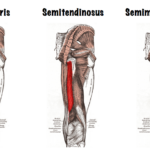![[1]](https://images.squarespace-cdn.com/content/v1/568c1797df40f37b331c4d04/1573739049705-9SXRGE4PHSRL5PG0REL2/FHL1.png)
Anatomy
The big toe muscle, or Flexor Hallicus Longus (FHL) is 1 of 3 deep muscles located on the posterior aspect of the Fibula (outside lower leg bone) below the deep fascia. This muscle has its own synovial sheath traveling deep down near the Flexor Retinaculum, crossing the posterior ankle joint, and lateral to the Flexor Digitorum Longus (FDL). The tendon enters the sole of the foot and lies superficial to the spring ligament, passing deeply towards the tendons of the FDL; then enters the fibrous sheath of the great toe and passes between two sesamoid bones to insert at the base of the distal phalanx.
Role
Though this muscle is overlooked quite often, the FHL has very important functions:
- Flexes all the joints of the as the foot rises from the ground
- Stabilizes the first metatarsal head
- Plantar-flexes at the ankle joint
- Controls mid foot pronation & supination as well as aiding in ankle and rear/mid foot stabilization
The significance in short : the FHL produces the final thrush from the foot in the toe-off phase of the gait cycle. The great toe flexion is the final act before the foot is lifted from the floor before swing phase.


Injuries
Actions that lead to injury include:
- Repeated plantar-flexion posture (including demi pointe/pointe positioning)
- Repeated jumping & landing
- Repeated forceful toe-off
Signs & Symptoms of injury
- Resisted great toe flexion
- Posterior and/or inferior medial malleolus pain
- Pain along the tendon course distal to the medial malleolus
- Inability to relax toe after full plantar flexion of the ankle when pointing the foot
- Great toe stuck in flexion
Athletes affected
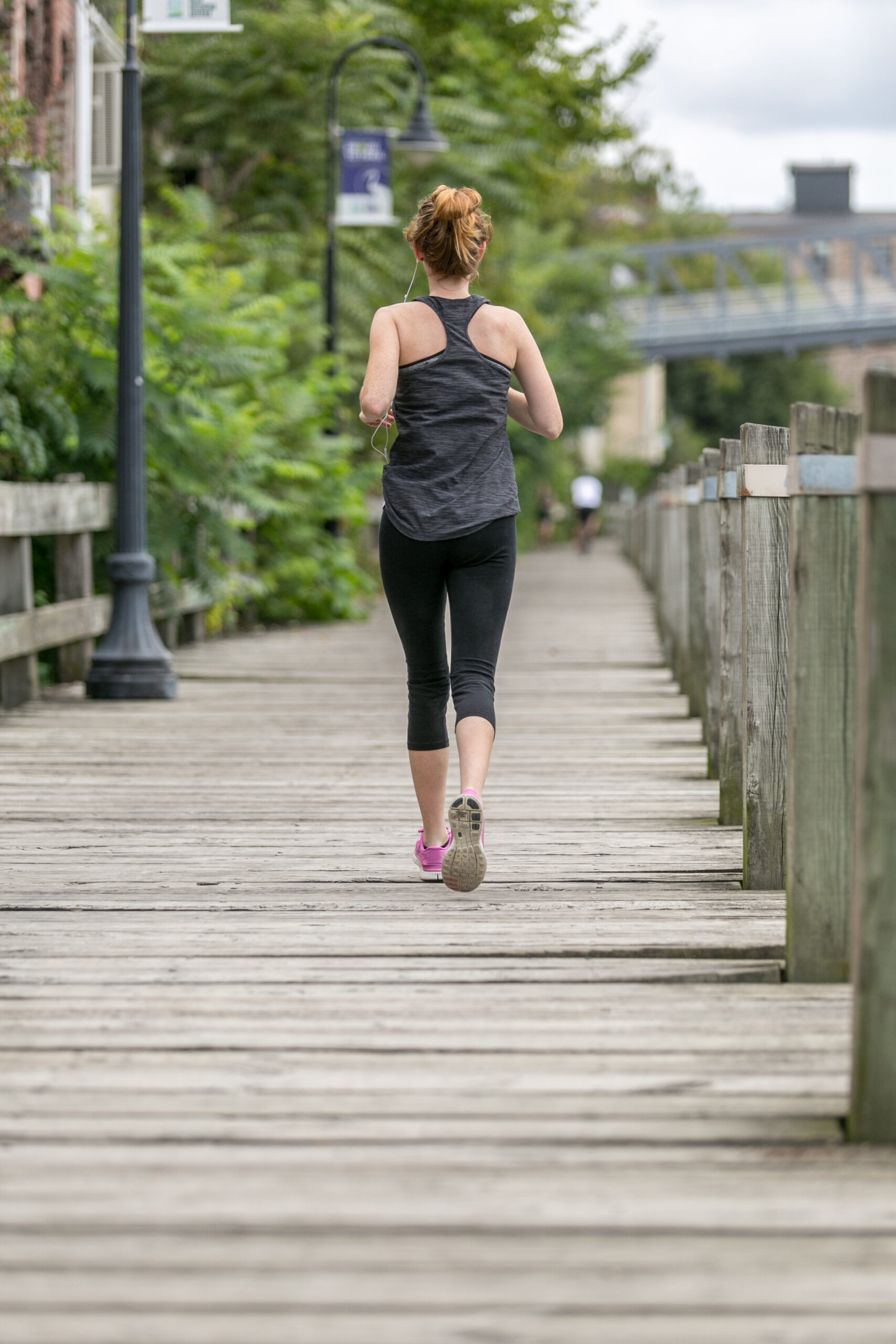
- Runners
- Gymnasts
- Ballet dancers
- Field sports players
- Javelin throwers
- Soccer players
- Any athlete whose sport demands aggressive plantar-flexion of the ankle with the big toe in flexion
Injuries include
- FHL tendonitis
- FHL tenosynovitis
- FHL tendinopathy
- Dancer’s tendonitis- extreme plantar-flexion & Metatarso-Phalangeal (MTP) flexion/extension
*FHL injuries may accompany more common injuries to the following:
- The posterior tibial tendon (medial ankle)
- The Os Trigonum (posterior Ankle)
- The Plantar Fascia (plantar midfoot)
- Achilles tendinopathy
- First MTP joint (Hallux Rigidus)
Treatment
Treatment for an FHL injury may include
- R.I.C.E. (Rest, Ice, Compression, Elevation)
- NSAIDS (anti-inflammatory medication)
- MTP joint mobilization training
- Biomechanical corrective techniques
- Sports massage ( including Active Release Therapy, PNF, trigger point release)
- Stretching
- Strengthening
Below are some stretches and strengthening exercises that will aide in the reduction of injury to the FHL
Calf stretches
Hold for 10-20 seconds each.
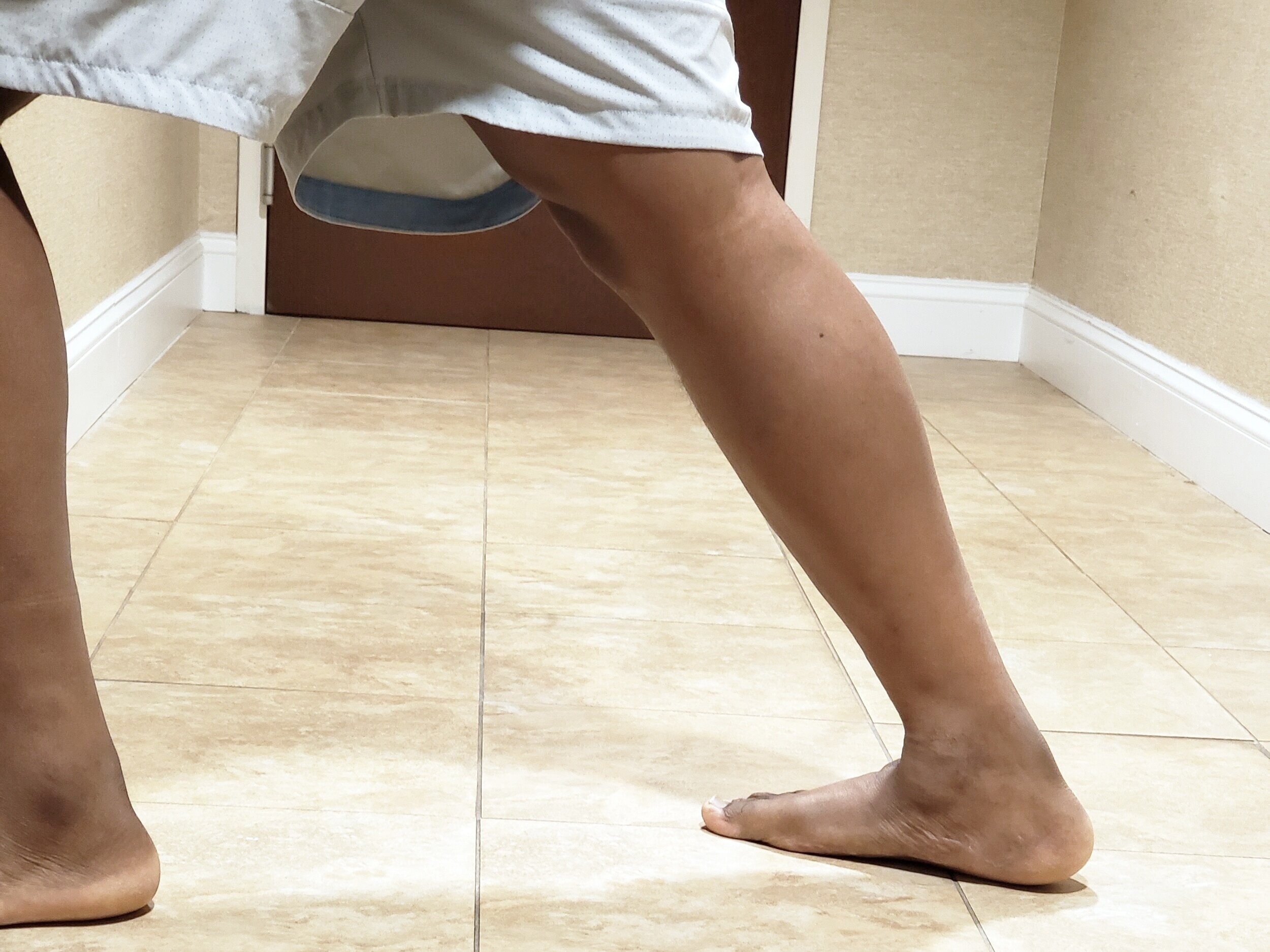
1. Passively dorsiflex ankle to full range on motion while keeping heel on ground
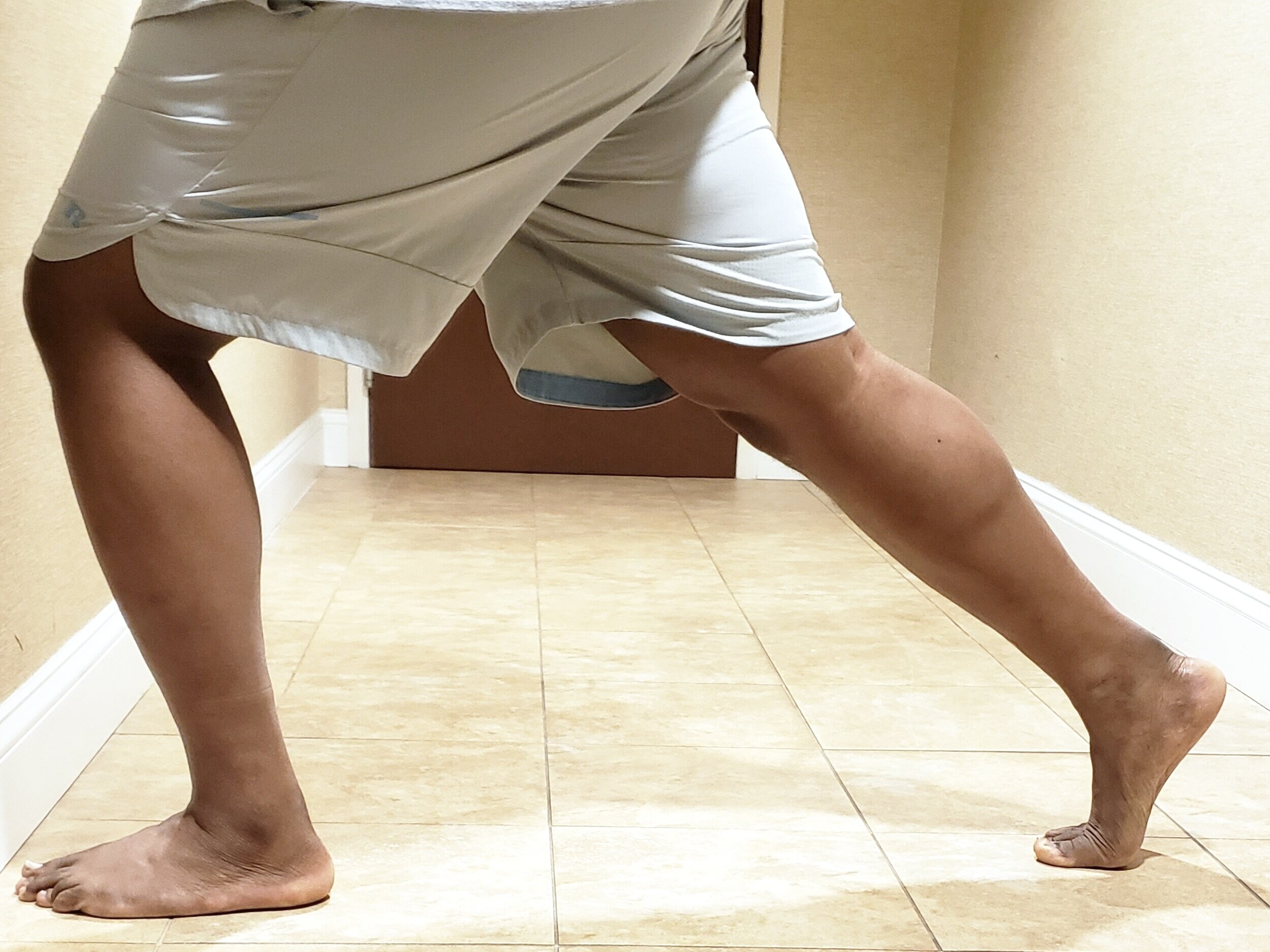
2. Shift body forward onto forefoot to dorsiflex the first metatarso-phalangeal joint while keeping range in ankle unchanged
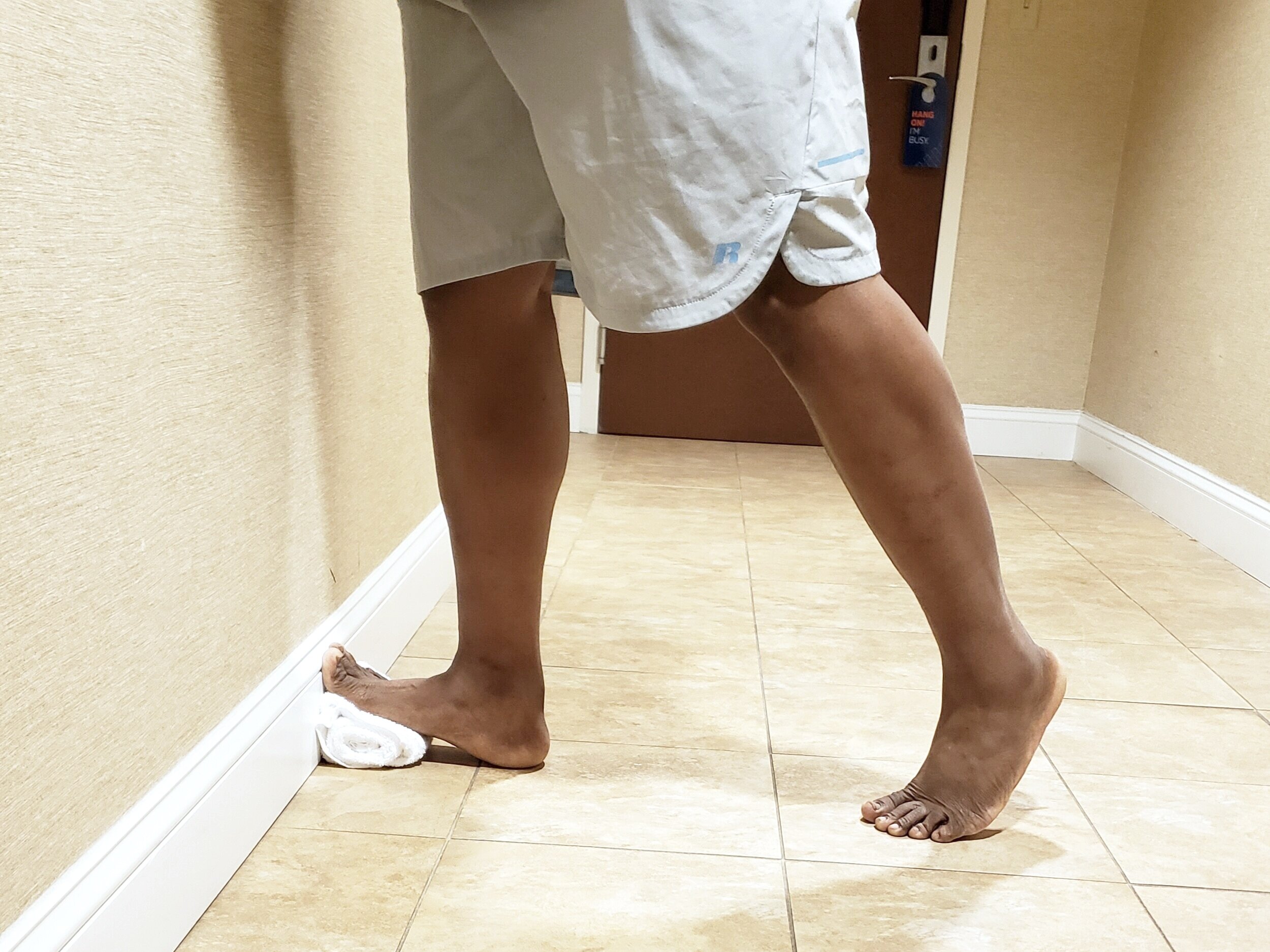
3. Place item (book, rolled towel, etc.) between wall and floor. Dorsiflex big toe by placing onto item, while keeping heel on ground. Passively bend knee forward to feel stretch in big toe
FHL strengthening
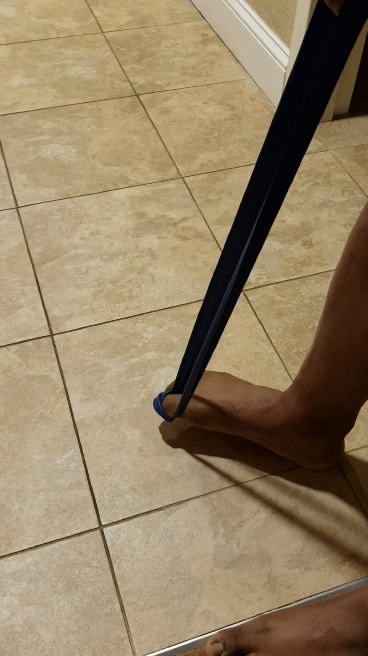
1. Resisted big toe plantar-flexion:
Using resistance bands or tubing, wrap around the big toe. With light to medium resistance pull to bands/ tubing, begin actively plantar-flexing the big toe and foot. Hold for 8-10 seconds. Slowly resist the pull back into neutral position.
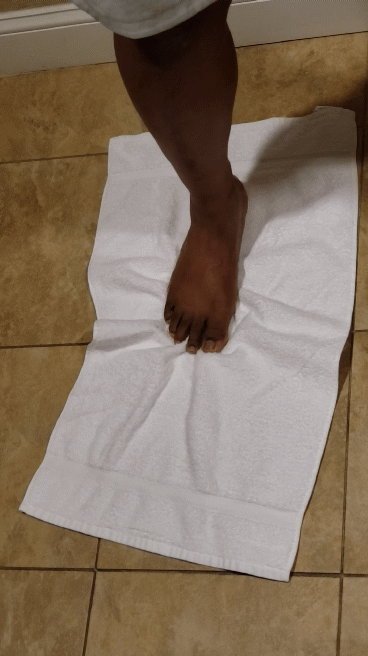
2. Towel scrunch with heel lift:
Place towel onto a smooth surface, such as tile or wooden floors; place foot onto towel. Actively begin to scrunch the big toe balling towel under toes. At the same time lift the heel off the towel ( Heel and big toe should be plantar-flexed position if performed correctly). Place heel back onto towel and dorsiflex big toe to begin sequence again. Should perform until towel is completely under foot. *
*Can be performed from seated or standing positions
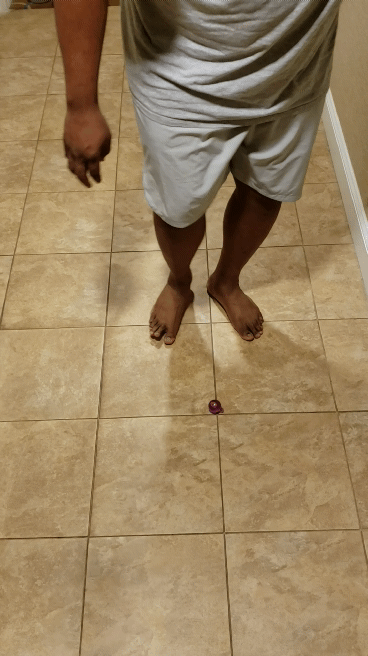
3. Marble/ ball pickups:
Using 1st and 2nd toes, dorsiflex to pick up marble/ball and drop into a cup/ container utilizing plantar-flexion. Should be performed from standing position.
The FHL muscle and tendon are very important structures that perform many functions. It can get injured from over stretching or from being overly tight. Don’t ignore your big toe: preventive care and regular sports massage sessions can help keep the FHL healthy and prevent injuries.
ImageReference
- https://www.physio-pedia.com/Flexor_hallucis_longus
- https://www.researchgate.net/figure/The-gait-cycle-Depicted-is-one-gait-cycle-with-the-right-leg-dominant-beginning-at_fig3_305819923
- https://www.chiroeco.com/gait-cycle/
References
- https://www.sportsmedtoday.com/fhl-tendinopathy-va-132.htm
- https://www.physio-pedia.com/Flexor_hallucis_longus
- https://runnersconnect.net/how-to-diagnose-and-treat-a-big-toe-injury/
- https://www.podiatrytoday.com/flexor-hallucis-longus-tendon-related-pathology-keys-arthroscopic-evaluation-and-treatment
- https://www.sportsinjurybulletin.com/the-flexor-hallucis-longus/
- OMEY, M. L.; MICHELI, L. J. Foot and ankle problems in the young athlete. Medicine & Science in Sports & Exercise, v. 31, n. 7, 1999. ISSN 0195-9131. Disponível em: < https://journals.lww.com/acsm-msse/Fulltext/1999/07001/Foot_and_ankle_problems_in_the_young_athlete.8.aspx >.
- ROWLEY, K. M. et al. Toe Flexor Strength, Flexibility and Function and Flexor Hallucis Longus Tendon Morphology in Dancers and Non-Dancers. Med Probl Perform Art, v. 30, n. 3, p. 152-6, Sep 2015. ISSN 0885-1158
- RUNGPRAI, C.; TENNANT, J. N.; PHISITKUL, P. Disorders of the Flexor Hallucis Longus and Os Trigonum. Clin Sports Med, v. 34, n. 4, p. 741-59, Oct 2015. ISSN 0278-5919
- Wentzell, Matt. “Conservative management of a chronic recurrent flexor hallucis longus stenosing tenosynovitis in a pre-professional ballet dancer: a case report.” The Journal of the Canadian Chiropractic Association vol. 62,2 (2018): 111-116.
This article/video is for educational purposes only; do not attempt without your physician’s clearance. If you are in pain or injured, see your physician.
Copyright © Vidal Sports LLC 2019





